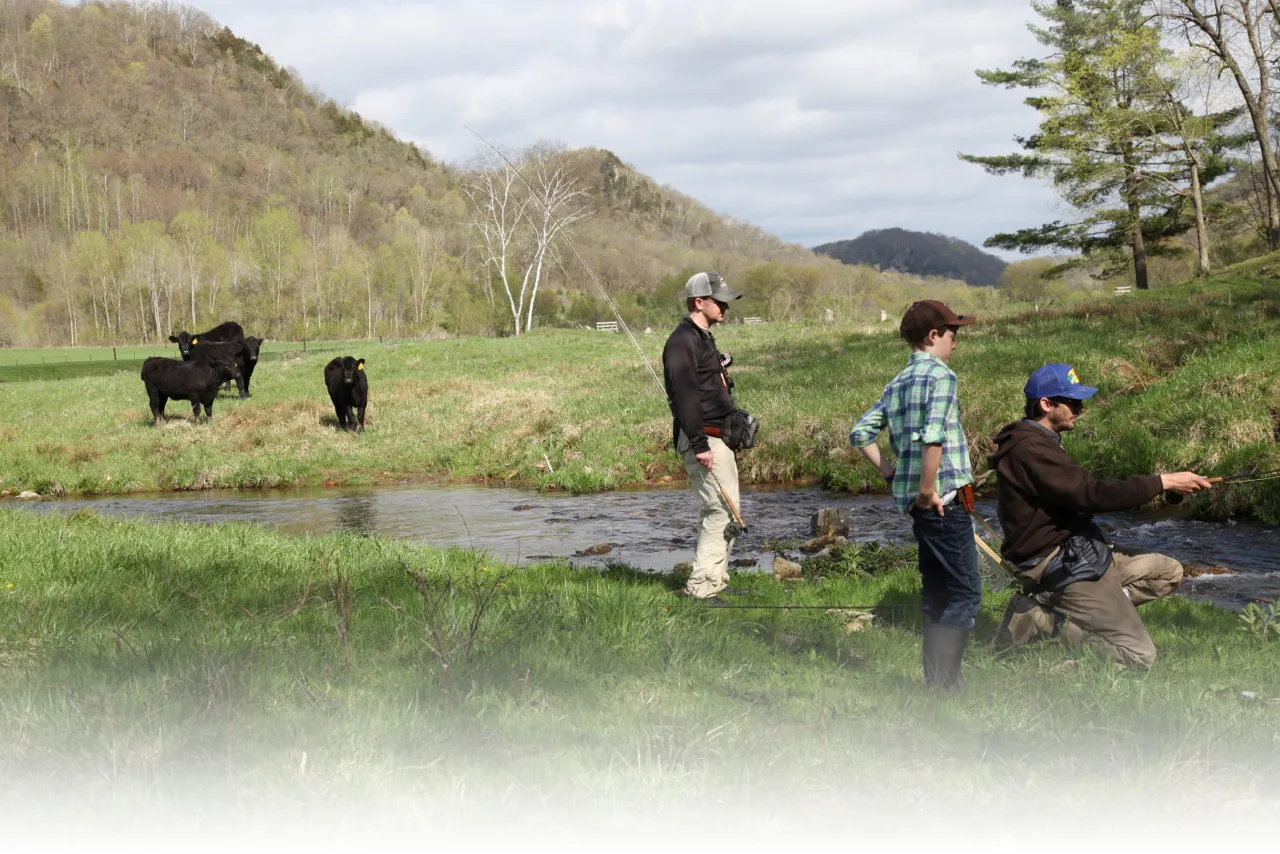Basin Fish
The Upper Mississippi River Basin supports more than 25% of freshwater fish in the United States
Warmwater Fish
Warmwater fish thrive in summer water temperatures greater than 70° F.

Largemouth Bass

Bluegill

Common Shiner
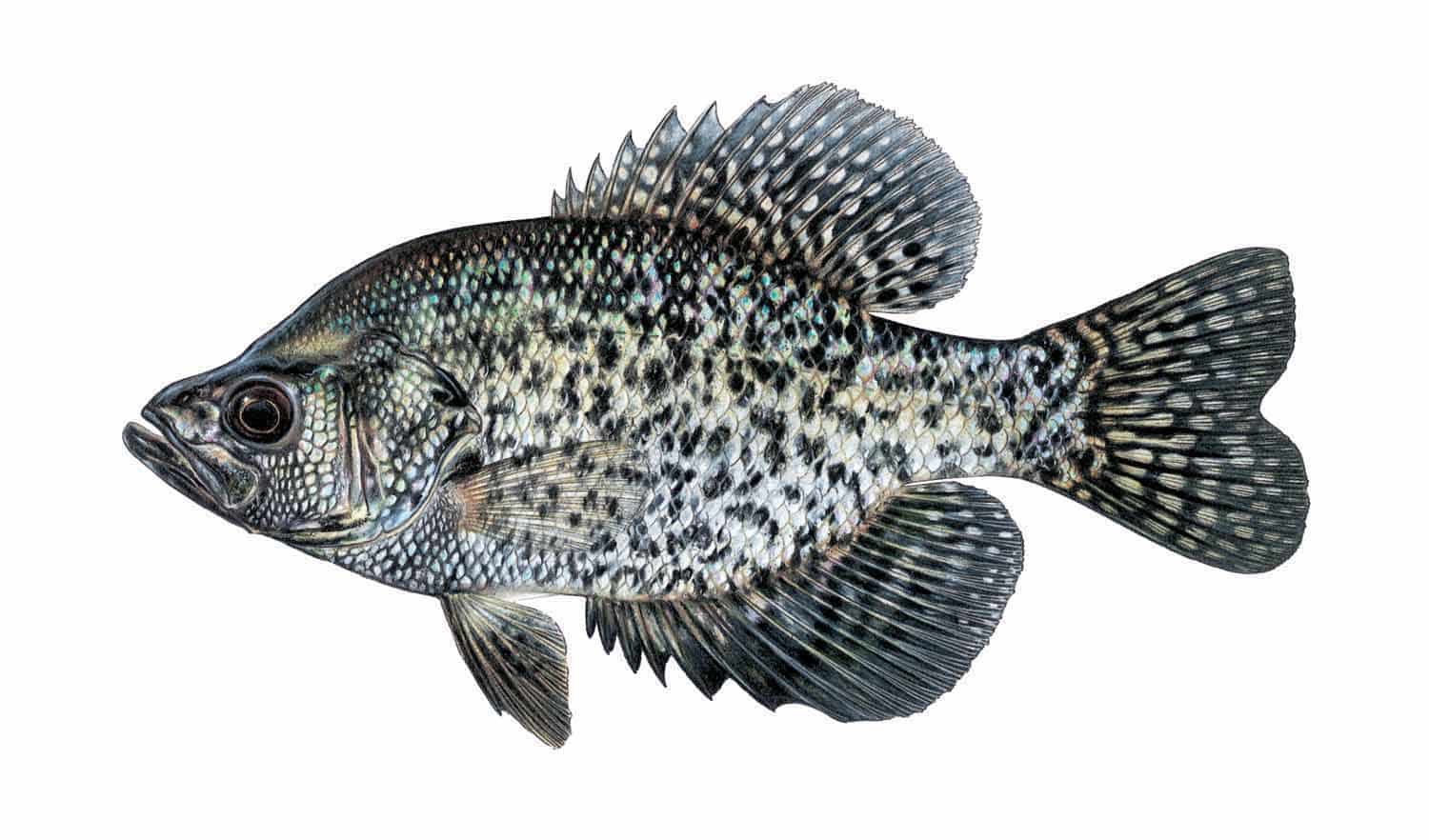
Black Crappie
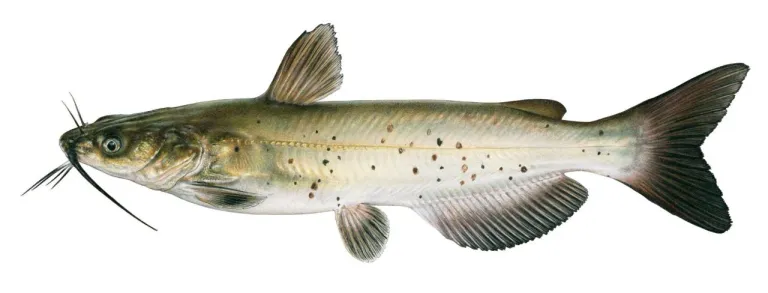
Channel Catfish

Paddlefish

Black Redhorse
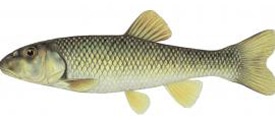
Hornyhead Chub
Coolwater Fish
Coolwater fish thrive in summer water temperatures 65-70° F.
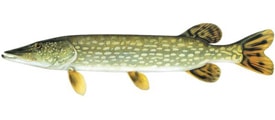
Northern Pike
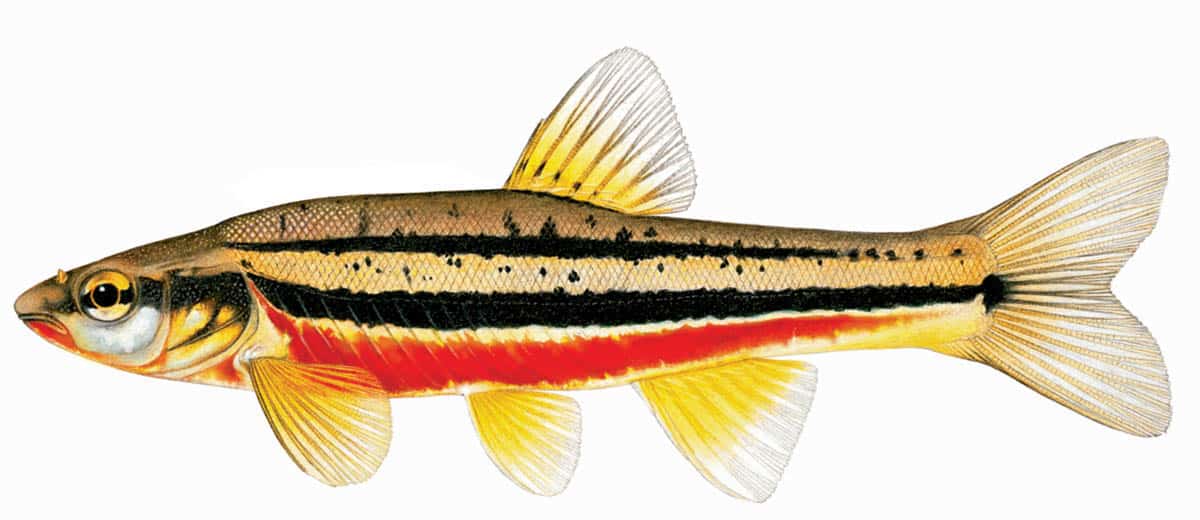
Southern Redbelly Dace

American Brook Lamprey
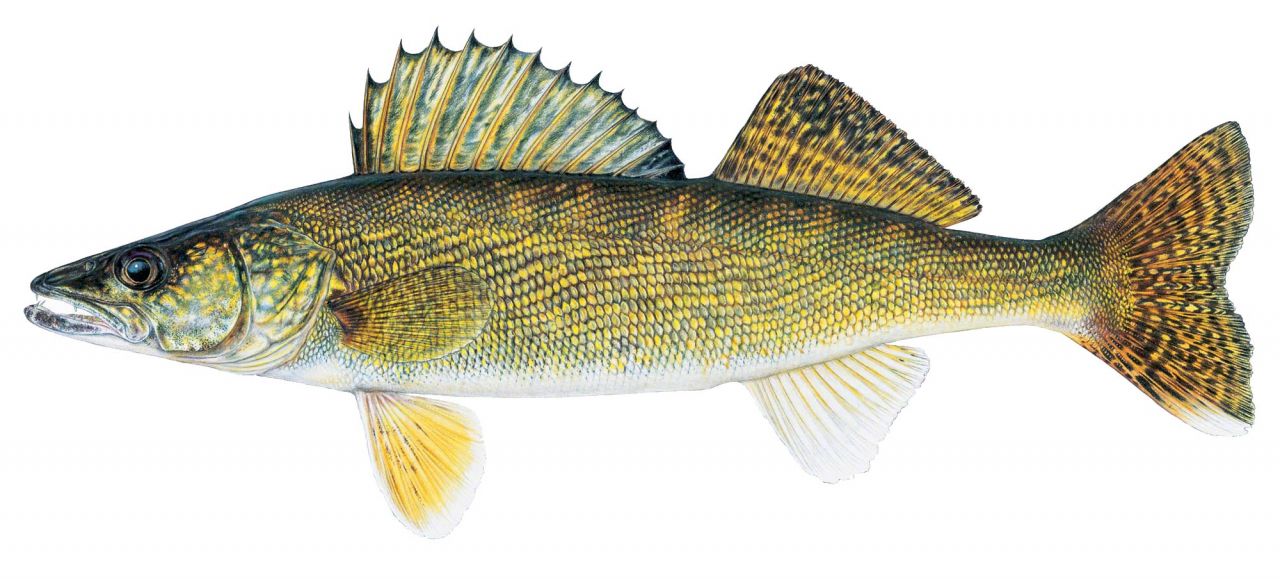
Walleye
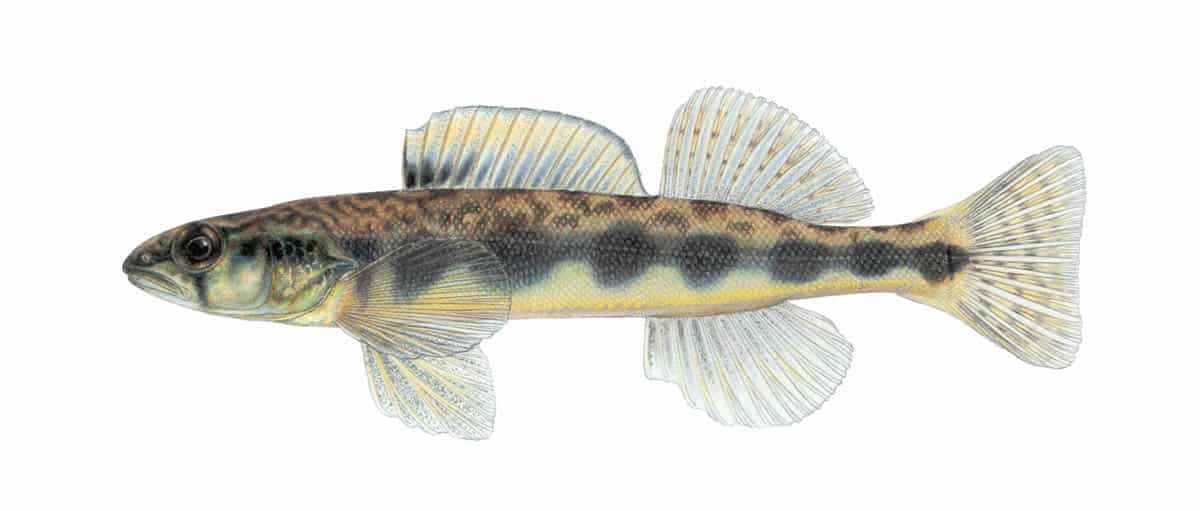
Blacknose Darter
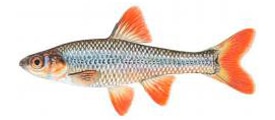
Topeka Shiner
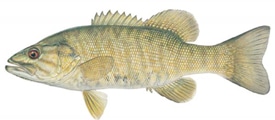
Smallmouth Bass
Coldwater Fish
Coldwater fish thrive in summer water temperatures less than 65° F.

Brook Trout
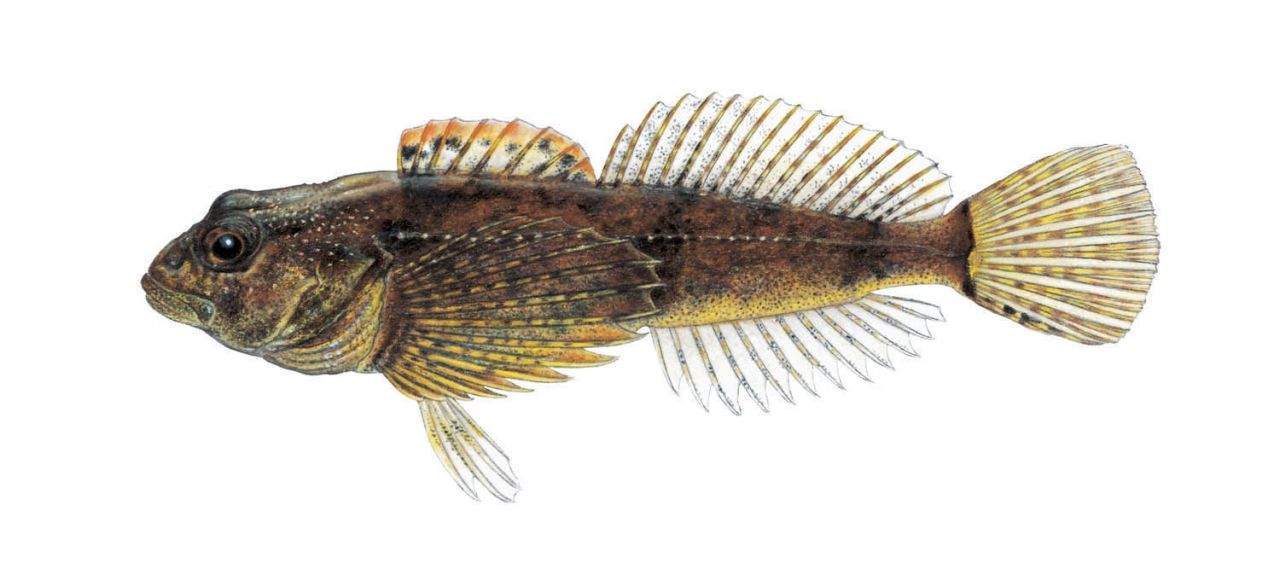
Mottled Sculpin
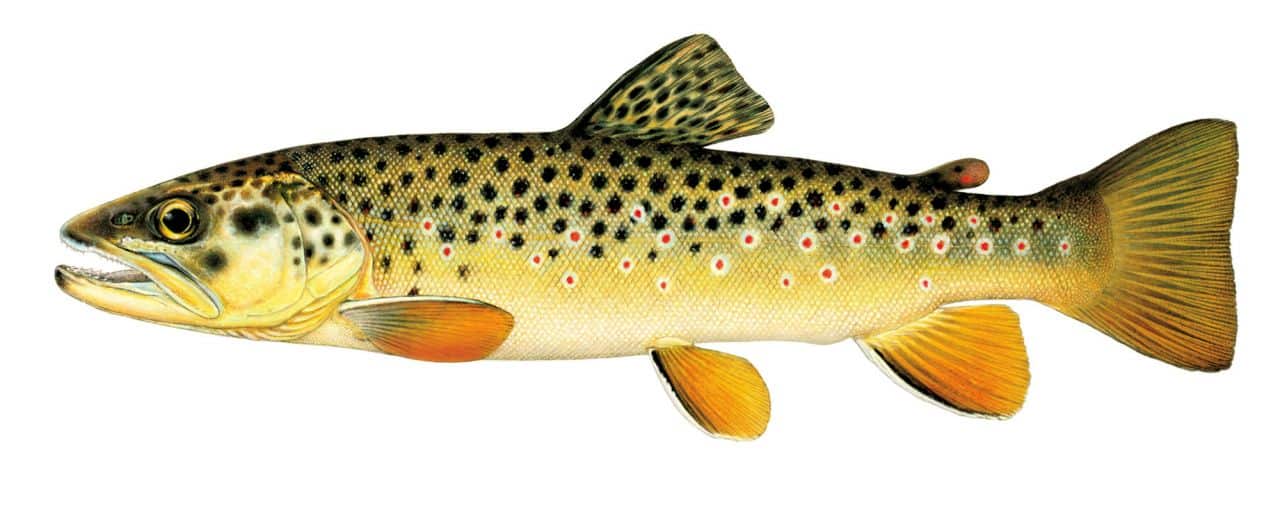
Brown Trout
Habitat influences the species and numbers of fish found in a waterway.
If habitat meets a fish’s needs, it can survive there.
If it doesn’t, it won’t be found there.
Generally, streams are cooler at their headwaters, then become warmer as they widen and absorb sunlight. A larger stream typically supports more fish species if conditions permit.
Fish on this page are examples of species found in Upper Mississippi River Basin streams.
There are 127 fish species in the Basin.
OUR CHOICES IMPACT THE WEB OF LIFE IN THE UPPER MISSISSIPPI RIVER BASIN
Fish Fact
When sediment covers gravel streambeds, smallmouth bass can’t successfully spawn.
Fish Fact
Fish kill due to turbidity decreased 60% with conservation tillage and stream buffers.
Fish Fact
The market size of the fishing industry, by revenue, is estimated at $11.5 billion.
